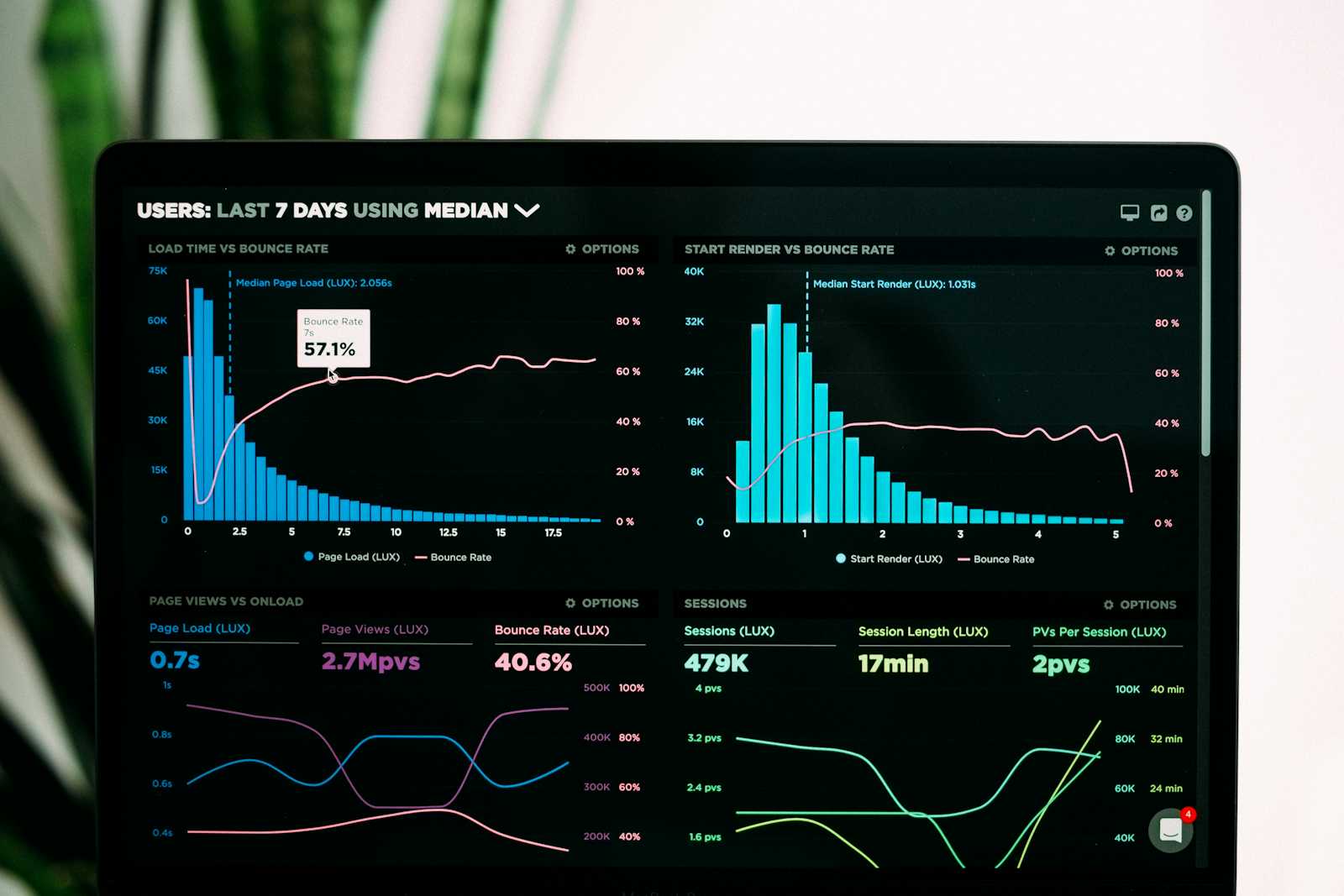Do Metrics and Reporting Transform Technology Delivery?
 Nikhil
Nikhil
As a CTO, I've often found myself in the challenging position of translating the complex world of technology delivery to our C-Suite colleagues. It's a common struggle: how do we effectively communicate our technology initiatives' value, efficiency, and strategic alignment? Today, I want to share some insights on how the right tools, metrics, and reporting can significantly improve this communication and, ultimately, the effectiveness of our technology teams.
The Communication Challenge
Many of us in technology leadership roles have experienced the frustration of stakeholders viewing technology delivery as a "black box." Traditional reporting methods like Gantt charts and RAG (Red, Amber, Green) reports, while useful for project management, often fall short in conveying the true value and efficiency of our work to non-technical executives.
The Power of the Right Metrics
To bridge this gap, we need to focus on metrics that answer two critical questions:
Is our technology team focused on the highest priority, value-creating initiatives?
Are we delivering as efficiently as possible?
Focus Metrics
These metrics demonstrate how we're allocating our resources towards strategic priorities. They should track:
Total resource allocation by strategic priority
Output by strategic priority
Planned vs. unplanned work
Proportion of resources dedicated to value-creating planned new feature delivery
By clearly showing these allocations, we can assure our stakeholders that we're aligned with the company's strategic goals.
Effectiveness Metrics
To communicate delivery efficiency, a balanced set of metrics is crucial. Some key metrics to consider include:
Lead Time: How long does it take from idea to production?
Throughput: What's our output relative to our resources and quality standards?
Deployment Frequency: How often are we releasing new features or improvements?
Sprint Completion and Velocity: Are we meeting our sprint goals consistently?
Escaped Defects: What's our quality control like?
Employee Net Promoter Score: How satisfied and engaged is our team?
These metrics provide a comprehensive view of our delivery process, highlighting our strengths and improvement areas.
The Role of Analytics Tools
While the right metrics are crucial, how we collect and present this data is equally important. Modern analytics platforms can be game-changers in this regard. They can:
Automatically collect data from various sources (issue tracking systems, code repositories, CI/CD tools)
Generate insightful visualizations that are easily understood by non-technical stakeholders
Provide real-time updates, allowing for more agile decision-making
It's important to note that there are various tools available in the market for such analytics. As CTOs, it's our responsibility to evaluate and choose the right tools that fit our organization's specific needs and culture.
Beyond Numbers: Fostering Understanding and Trust
While these metrics and tools are invaluable, they're just the starting point. The real value comes from using this data to foster constructive dialogues with our C-Suite colleagues. By providing clear, data-driven insights into our technology delivery, we can:
Build trust by demonstrating transparency and accountability
Facilitate more informed decision-making about technology investments
Align technology initiatives more closely with overall business strategy
Identify and address inefficiencies more quickly
Conclusion
As technology leaders, our role extends beyond managing delivery – we must also be effective communicators and strategists. By leveraging the right metrics, tools, and reporting methods, we can bridge the gap between technology teams and C-Suite stakeholders. This not only improves understanding and trust but also enhances our ability to deliver value to the organization.
Remember, the goal isn't just to produce impressive charts or numbers. It's about using these insights to drive meaningful conversations, make better decisions, and ultimately, deliver technology solutions that propel our businesses forward.
What metrics and reporting methods have you found most effective in your organization? I'd love to hear your experiences and insights in the comments below.
Subscribe to my newsletter
Read articles from Nikhil directly inside your inbox. Subscribe to the newsletter, and don't miss out.
Written by
